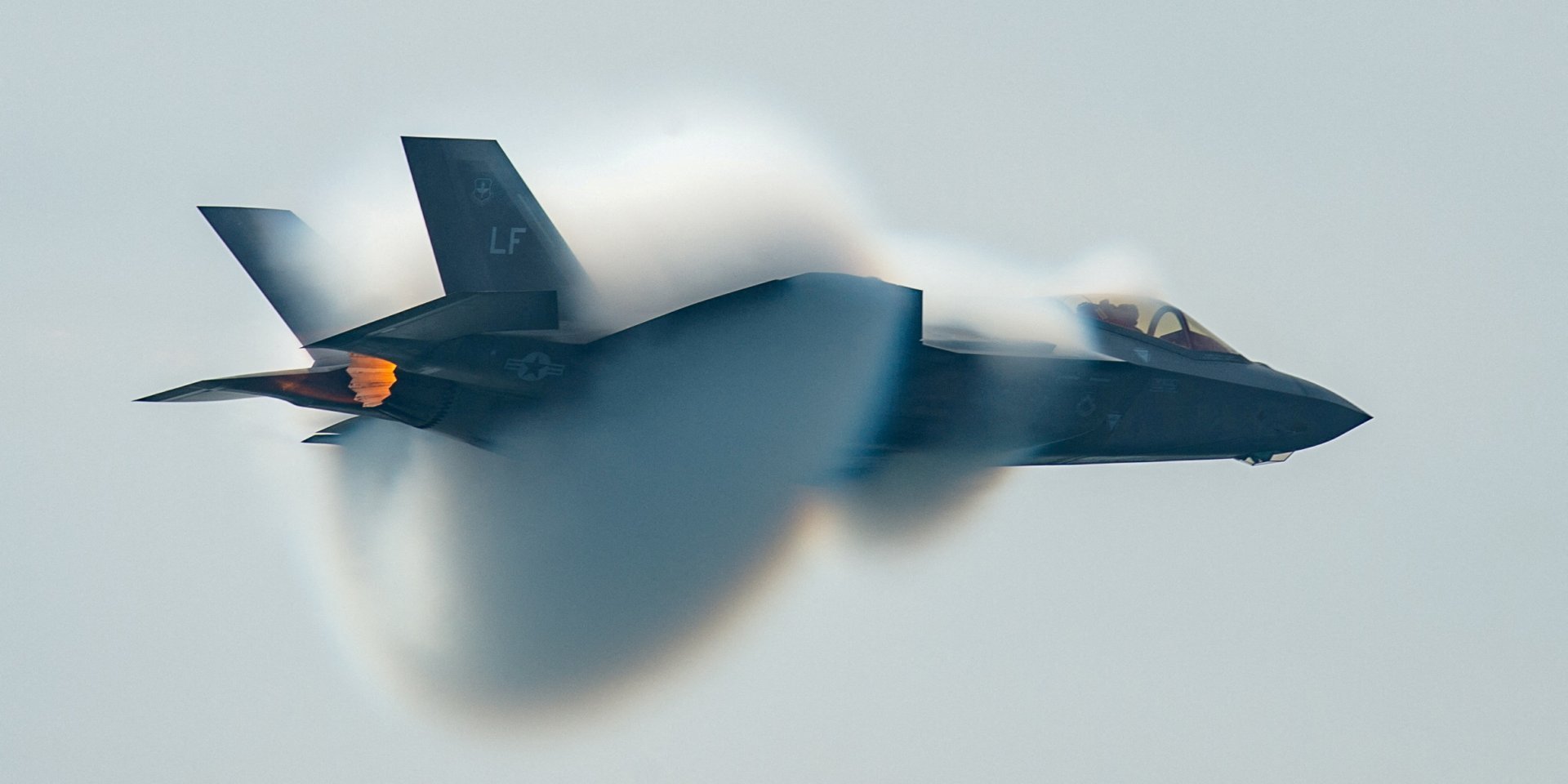Norwegian F-35A Jets in Poland: Securing Rzeszów Hub for Military Aid to Ukraine's Defense Efforts

The primary mission of the Norwegian F-35A fighter jets deployed in Poland will be to provide critical air cover for the largest logistics hub distributing military aid to Ukraine, centered at Rzeszów. This strategic deployment reflects the growing importance of protecting vital supply routes and logistic centers amidst the ongoing conflict in Ukraine, emphasizing Norway’s commitment to NATO’s collective defense and the support for Ukraine’s sovereignty. Norway’s decision to station advanced F-35 fighters at Rzeszów Airport is a pivotal step towards securing Polish airspace and ensuring that military and humanitarian aid securely reaches its destination without disruption.
Rzeszów, located in southeastern Poland less than 100 kilometers from the Ukrainian border, has evolved into the most significant transit hub for NATO aid to Ukraine since the outbreak of war in 2022. The airport, Rzeszów-Jasionka, boasts a runway capable of handling heavy military cargo aircraft such as the U.S. C-17, making it indispensable for the rapid movement of weapons, equipment, and humanitarian supplies. With over 90% of Western military aid bound for Ukraine passing through this hub, the security of this location is paramount to sustaining Ukraine’s fight for freedom. The Norwegian F-35A deployment thus plays an essential role in the broader NATO air and missile defense framework designed to shield critical infrastructure supporting Ukraine.
Norway’s contribution of F-35A fighters, renowned for their stealth capabilities, advanced avionics, and superior air dominance, highlights a deliberate and calculated response to the lessons learned from the conflict so far — namely, the immense value of integrated air defense systems. By reinforcing the protection of the Rzeszów hub, Norway not only supports Poland’s airspace sovereignty but also bolsters NATO’s collective deterrence posture against potential threats. This is especially relevant given the increasing threat from Russian forces, including frequent unmanned aerial vehicle (UAV) attacks targeting Ukraine and nearby regions. The presence of F-35A fighters ensures rapid response to any incursions, reducing risks to the flow of aid that sustains Ukrainian military operations and civilian resilience.
In addition to safeguarding the Rzeszów logistics hub, Norway’s deployment signifies a broader commitment within NATO to support Ukraine’s defense indirectly while maintaining its own national security readiness. The Norwegian Ministry of Defence has ensured that this deployment carefully balances the protection of national airspace with the responsibility towards allied collective defense. Norway’s efforts dovetail with other NATO measures, including U.S. Patriot missile systems stationed in Poland and various allied aircraft deployments, creating a comprehensive shield over Poland’s southeastern airspace. Such a multi-layered defense system is crucial for deterring hostile actions and guaranteeing uninterrupted aid distribution.
Norway’s strategic support extends beyond the F-35A jets. Earlier in 2025, Norway committed significant financial resources, including approximately $453 million for artillery shells for Ukraine, complementing its military contribution. Together with other allies like the United Kingdom, Norway also finances production of advanced surface drones within Ukraine, underscoring an integrated approach to military aid. All these efforts converge at hubs like Rzeszów, which serve as lifelines for Ukraine’s war effort. Hence, the stationing of fighter jets at this logistic node amplifies the effectiveness of overall aid delivery and symbolizes NATO’s resolve to support Ukraine’s sovereignty through tangible defense measures.
The operational role of the Norwegian F-35A fighter jets in Poland is not merely symbolic. It involves continuous patrolling, quick reaction alerts, and close coordination with NATO’s integrated air command to monitor and respond to any aerial threats. These stealth aircraft are highly capable of undertaking multi-role missions — from air superiority to reconnaissance — making them ideal for protecting an airspace under consistent risk of sophisticated attacks. The deployment marks Norway’s most significant operational contribution to NATO’s eastern flank in recent years and sends a clear message about the alliance’s strategic priorities in the face of ongoing conflict.
Moreover, the Rzeszów logistics hub is a focal point not just for military aid but also for visits by foreign leaders to Kyiv, underscoring the location’s political and symbolic importance. Ensuring its security facilitates unhindered official travel and diplomatic engagements, reflecting Norway’s nuanced understanding of the broader geopolitical implications of its mission in Poland. The security provided by the Norwegian F-35A jets thus enables seamless coordination among NATO allies and Ukraine, reinforcing diplomatic support alongside military backing.
As the conflict dynamics evolve, the presence of Norwegian F-35A jets in Poland exemplifies how modern air power and strategic logistics security intertwine to sustain a crucial front line. The mission reflects a forward-looking approach to defense cooperation and deterrence, marrying cutting-edge technology with robust operational planning. Norway’s decision to deploy these advanced stealth fighters ensures that the main artery for military aid to Ukraine remains protected, helping to tilt the balance of power in a conflict with profound ramifications for European security.
In conclusion, the deployment of Norwegian F-35A fighter jets to Poland is a vital strategic move aimed at safeguarding the largest logistics hub for military aid to Ukraine in Rzeszów. This mission underlines Norway’s commitment to NATO’s collective defense and Ukraine’s ongoing struggle for sovereignty. By providing comprehensive air cover over Polish airspace and key transit points, Norway enhances the security, reliability, and efficiency of aid distribution essential to Ukraine’s resilience and defense. The integration of Norway’s F-35As into NATO’s broader air and missile defense network not only deters aggression but also fortifies the alliance’s eastern flank in a complex geopolitical environment. As the situation unfolds, this deployment stands as a testament to collaborative defense and a proactive stance in supporting Ukraine’s fight for freedom. For those monitoring European stability and NATO’s evolving role, the Norwegian F-35 mission in Poland exemplifies how strategic air power and logistics security are shaping the future of regional defense cooperation.
